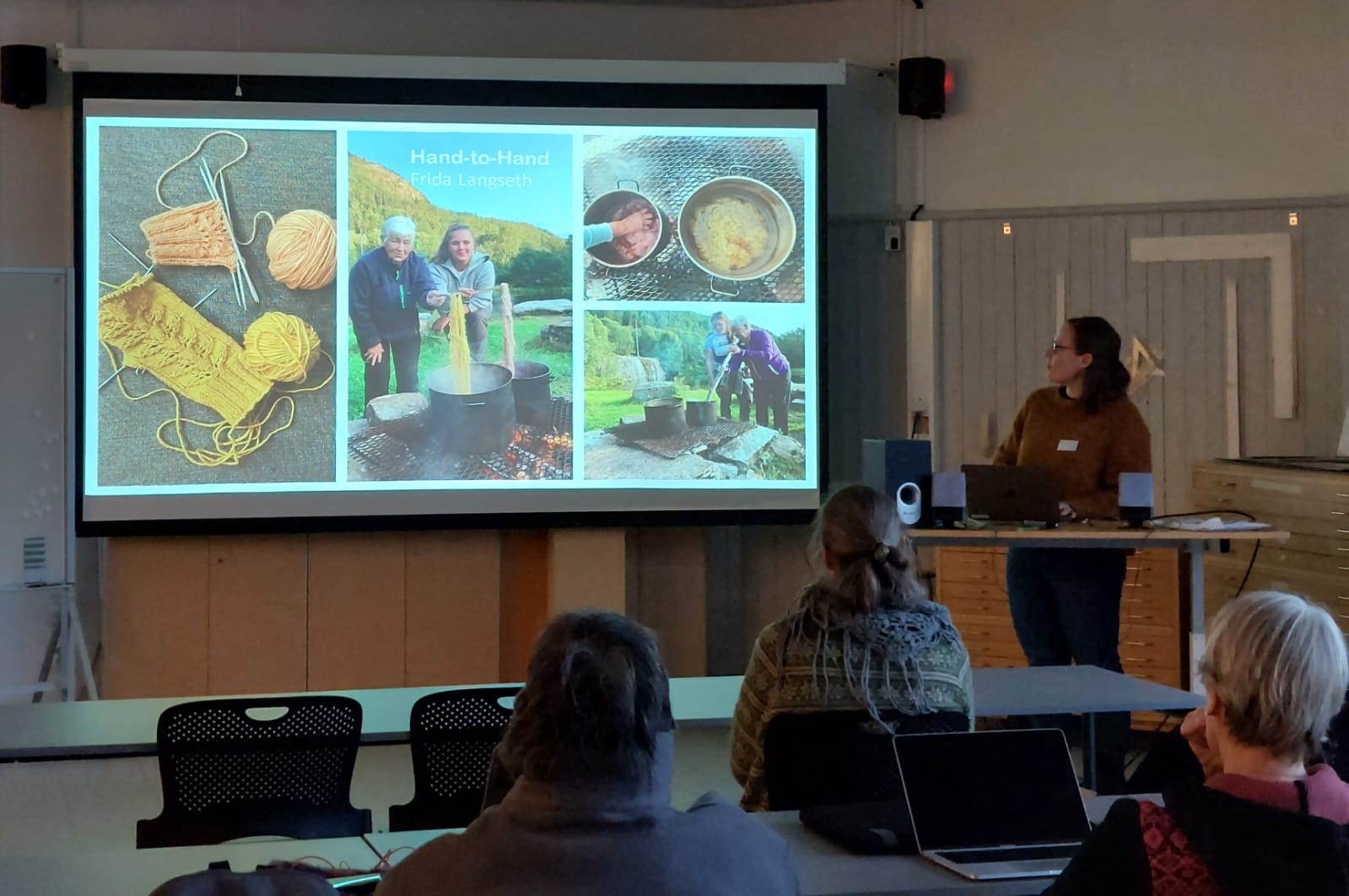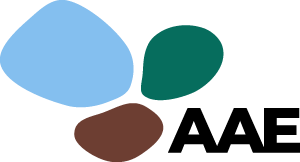Reporting the Project for Study and Scolarly Purposes
We invite you to share your project experience with the vibrant Arctic art education community here on this platform — your insights can inspire others!

Reporting Guidelines
Project reporting is an integral, planned and shareable part of the overall project process – just like other stages of project work. Reporting depends on the scale and funding of the project. This guideline is generally written for students and doctoral candidates to use in project-based learning.
The project report should focus on providing an analytical and reflective account of the activities carried out, as well as on presenting the project’s outcomes and potential ideas for further development. It is essential to highlight both the successes and the challenges encountered and to propose constructive suggestions for improvement. This openness allows future projects to build upon the experiences of their predecessors, fostering continuity and increasing the cumulative impact of short-term projects.
In the report submitted for academic credit, each student must also reflect on their role and learning within the project team, demonstrating how they contributed to and grew through the collaborative process.
In Arctic contexts, project reporting may also partially occur through the public sharing of results – such as sharing in seminars, exhibitions, community events or project publications. In these cases, particular attention should be given to ensuring continuity and broader impact, recognising that one-off projects can contribute to longer-term community benefits, knowledge sharing and cultural sustainability.
Moreover, when working in Arctic communities, it is crucial to reflect on how the voices, knowledge and interests of local partners have been represented and respected in the project outcomes and reporting. This includes acknowledging any local or Indigenous contributions, shared authorship and consent to publish or exhibit local cultural expressions or knowledge. Reporting thus becomes not only a documentation of the process but a part of the project’s ethical responsibility and its contribution to the decolonisation of research and art education.
THE AAE PROJECT IN A NUTSHELL
You must clearly state the context, focus and purpose of your project. When working in Arctic contexts, this includes recognising the specific cultural, social and environmental characteristics of the region. This summary should be approximately half a page in length.
STATE THE IMPORTANCE OF THE PROJECT
You are expected to justify your focus not only in terms of your personal or professional interests but also in terms of its relevance to Arctic communities, cultural sustainability or local art education practices. This justification should reflect an awareness of the distinct challenges and opportunities of working in Arctic or Indigenous contexts, including potential contributions to community well-being or cultural continuity.
KEY LITERATURE
Your literature review must engage with existing research, ideas and theories that are relevant to Arctic art, design and/or art education, where applicable. Using global or general literature alone is insufficient; you should demonstrate an understanding of regionally grounded scholarship and knowledge systems to ensure cultural relevance and to support decolonising research approaches.
THE APPROACH
You are expected to describe your chosen research or project methodology and to justify it in the Arctic context when stating the purpose of your wor. Suppose community involvement is part of your project. In that case, you should explain how you have ensured that the project employs ethical, respectful and participatory approaches that allow local voices to be heard and considered.
OUTCOMES
You should clearly describe the outcomes of your project, which may include artwork, workshop results, community feedback, photographs, drawings or video records. When appropriate, ensure that the community’s perspectives or interpretations of the project are reflected in these outcomes.
ANALYSIS
You are expected to reflect on and critically analyse the project, considering how the Arctic context, local knowledge or community engagement may have shaped the process and results.
COMMUNITY VOICE
Include quotations from feedback provided by participants or stakeholders of the project.
CONCLUSIONS AND IMPLICATIONS
Your conclusions must be well-grounded in the evidence you present and should reflect the significance of your work for Arctic art and AAE or community development. Where relevant, discuss how the project outcomes may support or impact on the local community and how community voices have been included or represented in your findings.
A REFERENCE LIST
Ensure that your references include appropriate Arctic and Indigenous sources, in addition to any global or general literature used.
EXPECTED QUALITIES
The report should be a coherent, legible, tidy and well-structured text file with images.
The identity of any individuals or communities involved in the study should not be disclosed without prior informed consent. Anonymity must be maintained unless explicit permission to identify persons or institutions has been granted.
In Arctic community-based projects, ethical considerations – including respect for local knowledge, cultural protocols and the right of community members to review or comment on how their voices are represented – are essential.
